Last updated on August 21st, 2023 at 06:47 am
Do you want to know about How do ham radios work? Do you want to learn how to build and use ham radio? Here’s a guide to help you get started today.
History Of Ham Radio
It was in the early part of the 20th century that the concept of ham radio first emerged. A group of experimenters started using a portion of the government-assigned radio spectrum. Amateur radio was created as a result.
Amateur radio operators have access to a number of different areas of the spectrum today. They typically operate at frequencies below 30 MHz. Here is a guide to the different parts of the frequency spectrum that ham radio operators use.
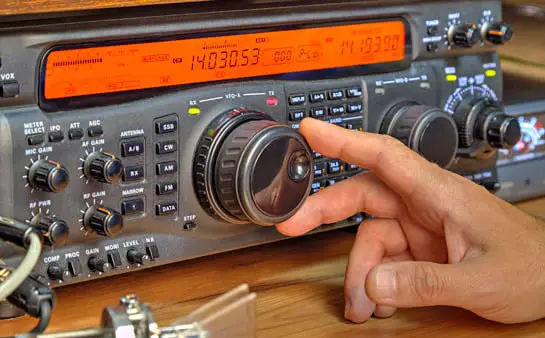
If you are miles away from home, ham radios are a fantastic way to stay in touch with your friends and family. They’re safer than using your cell phone.
What are ham radios?
A Ham radio is frequently used by emergency services and Amateur Radio Enthusiasts as a means of communication in cases where other forms of communication cannot be used.
Ham radios use high-frequency waves to communicate over long distances. Lower frequency waves are unable to penetrate obstacles as well as higher frequency waves.
What are the types of ham radios available?
Various types of ham radios are available on the market.
All-in-one unit:
Antenna, power supply, and radio are all included in one package. In general, these units are easy to set up and use, making them a good choice for beginners.
Mobile unit:
A vehicle-specific product. Radios, power supplies, antennas, and mounting hardware are typical components of mobile units. If you want to use your radio while on the go, these are a good option.
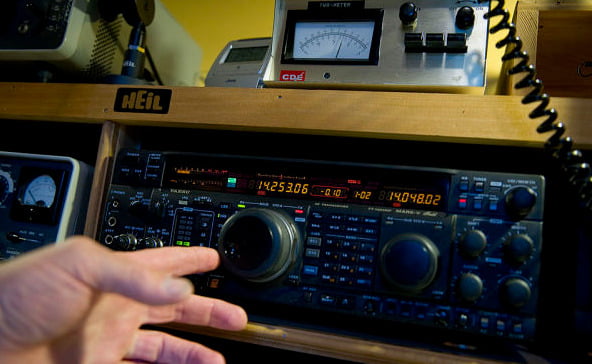
Portable ham radios:
Compared to mobile units, these are smaller and lighter, so they’re easier to transport. Portable radios usually come with a radio, power supply, and antenna. Hikers and campers who wish to use their radio on the go will find these a good option.
Base station:
They are intended for use in a fixed location, such as a home or office. In addition to the radio, power supply, antenna, and mounting hardware, base station radios usually include a power supply. When used in a stationary location, they can be a good choice.
Handheld transceiver:
The device is small and portable and can be used for voice, data, and text communication. Other types of ham radios include base transceivers, which are larger and more powerful, and mobile transceivers, which are for use in vehicles.
The benefits of using a ham radio
There are many benefits of using a ham radio. Perhaps the most obvious benefit are:
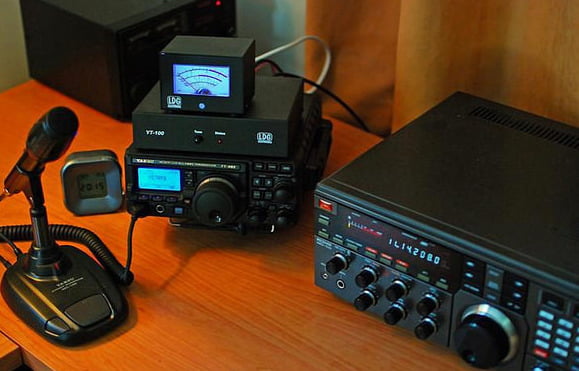
The different parts of a HAM radio
A HAM radio consists of three main parts: the receiver, the transmitter, and the antenna.
Receiver:
Radio signals are received by the receiver and converted into electrical signals that the radio can process.
Transmitter:
With the transmitter, the electrical signals are amplified and sent through the antenna to be received by the receiver.
Antenna:
It is the antenna that transmits the radio waves while the base station receives them
How does a ham radio work?
Ham radios work by transmitting and receiving signals based on a frequency system. The amateur radio service is regulated by the Federal Communications Commission (FCC) in the United States.
Step: 1
A ham radio can operate within the AM broadcast band or in the microwave band, in the gigahertz range. A great deal of ham band activity occurs between the AM radio band (1.6 MHz) and the citizens band (27 MHz).
Step: 2
Long-distance communications are said to be possible in the 15 to 27 MHz range during daylight. During the night, 1.6 to 15 MHz is the most ideal band. Short-wave bands are often referred to in the history of radio as short-wave bands.
Step: 3
As opposed to FM radio and TV frequencies, which are line-of-sight and therefore limited to 40 or 50 miles, short waves bounce off the ionosphere from transmitter to receiver. Shorter wavelengths are associated with higher frequencies.
Step: 4
Morse code is used by some ham radio operators, while voice is the choice of others. When voice transmissions fail, Morse code signals (beeps) often get through.
Step: 5
Ham radios do broadcast in all directions, but amateur radio enthusiasts rarely use their radios the way a disc jockey might. Normally, an AM or FM radio station sends its signal to thousands of listeners.
Step: 6
Meanwhile, hams conduct two-way conversations, often with another ham or in an informal roundtable with a group of hams. Depending on the frequency and time of day, other hams could be in the same town, county, state, country or continent, or a mix of countries.
Step: 7
As well as participating in networks, or nets, hams exchange messages with other parties at predetermined times and frequencies. The noisy teletype machines of the past have been replaced with computer screens in radioteletype (RTTY) systems.
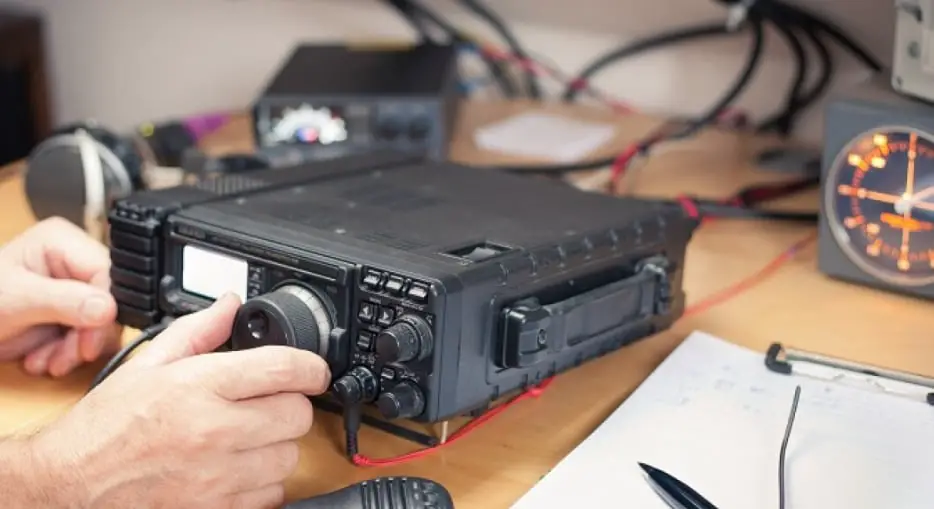
How to stay safe when working with ham radios?
It is important to take precautions when handling ham radios.
Properly Grounded
Make sure the radio is grounded properly. This will prevent the radio from being damaged by static electricity.
Handled Carefully
Radios should be handled carefully. Do not touch any exposed metal parts or the antenna.
Heat precautions
Be sure to keep the radio away from any sources of heat or sparks.
Fuse Type
Make sure that you always use the correct type of fuse for your radio.
Switch off Radio while not using
When not in use, make sure that the radio is turned off. It is important to follow these simple safety guidelines when working with Ham radios so as to ensure your safety.
Is HAM Radio legal?
Yes, The United States legalizes HAM radio. Federal Communications Commission (FCC) licenses can be obtained by any citizen or legal resident alien. Each class of license requires a different examination. Any HAM Radio enthusiast can pass the exams, as they are not particularly difficult.
Learn about ham radio license classes
In the United States, there are three classes of Amateur Radio licenses, each with increasing privileges. Technician licenses require only a written examination and are entry-level licenses. Written examination and proficiency tests in the Morse code are required for the General class license. An examination and Morse code proficiency test are required for the Amateur Extra class license.
Technician class
Applicants for a Technician class license will have access to all Amateur Radio bands and modes. HF privileges are available to technician licensees on 10 meters, 15 meters, 20 meters, and 40 meters. In addition to FM voice and digital modes, a Technician license also allows you to operate on 2-meters and 70 centimeters.
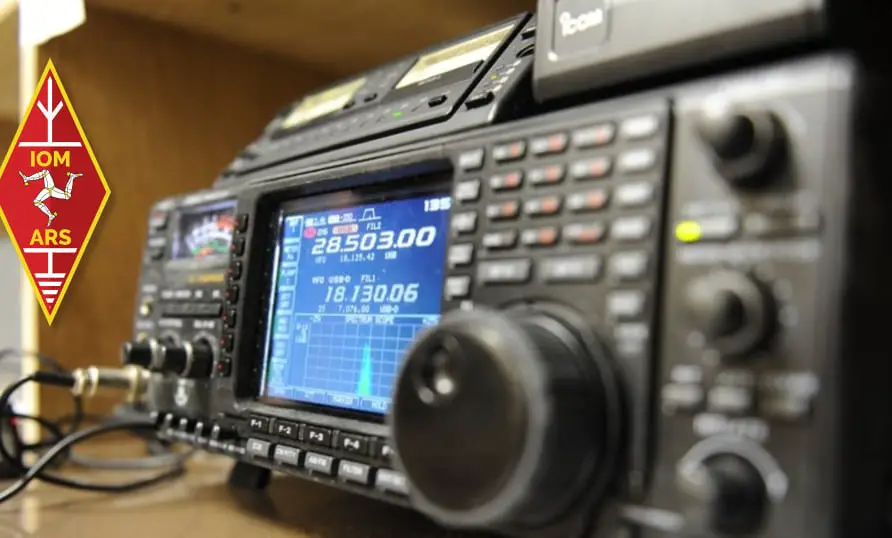
General class
All Amateur Radio bands and modes are available with the General class license. Licensees with general class privileges can operate on 10 meters, 15 meters, 20 meters, and 40 meters. You can also use FM voice and digital modes on the 2-meter and 70-centimeter bands with a General license.
Amateur Extra class
All Amateur Radio bands and modes are available to holders of the Amateur Extra class license. HF privileges are available to amateur Extra class licensees on 10 meters, 15 meters, 20 meters, and 40 meters. You can also operate FM voice and digital modes on the 2-meter and 70-centimeter bands if you have an Amateur Extra license.
How do I get a ham radio license?
There are three steps to getting a ham radio license: passing a written exam, passing a practical exam, and paying the license fee.
Written exam:
Radio technology and operating procedures are covered in the written exam. The test is offered by the Amateur Radio Relay League (ARRL) and can be taken at any ARRL-approved testing center.
Practical exam:
It consists of on-the-air tests that evaluate your ability to operate a radio station. It is also administered by the ARRL.
License fee:
The license fee is currently $35 for new amateur radio licenses. Fees are valid for a period of 10 years and cover the cost of issuing and renewing your license.
The rules of HAM radio
You need to know a few things about HAM radio in order to get started.
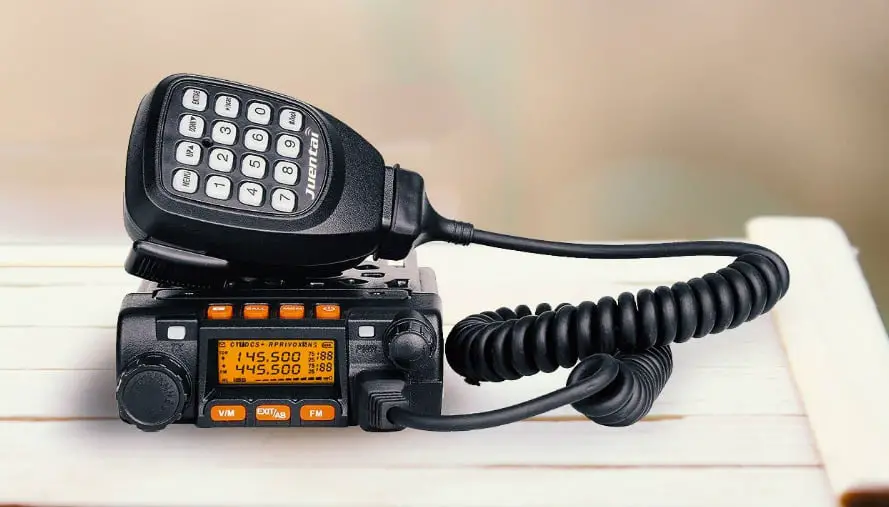
Why are ham radios so popular?
There are many reasons why ham radios are popular.
Besides being a great way to communicate with other people around the world, they also offer a great opportunity to learn about electronics and radio waves. Additionally, Ham radios are popular for communicating with people in remote areas because they are relatively inexpensive.
How far can you transmit with a ham radio?
Ham radios have an average range of between 2 miles and 18 miles, as I mentioned earlier. The manufacturer of a Ham radio (especially a handheld unit) might claim you can get significantly more range than 2-18 miles if you just bought it. Several 2-way radios claim up to 36 miles of range.
What can you do with a ham radio?
Ham radio allows you to communicate within a town, around the world, or even into space without the need for an internet connection or a cell phone. Playing can have many benefits, including being social, educational, and providing a lifeline during tough times. Anyone can set up a ham radio station.
Can you broadcast on a ham radio?
As described in these rules, no amateur station shall engage in broadcasting or one-way communications except as specifically permitted; nor may it engage in any activity related to program production or news gathering for broadcast purposes except as otherwise provided in these rules.
Can you listen to ham radio without a license?
Listening to ham radio is not required, but transmitting requires one. A ham radio operator without a license may face fines, equipment seizure, and civil/criminal penalties.
Can you use a ham radio as a walkie talkie?
The answer to that is yes, it is possible. Ham radio community members commonly refer to handheld models as handy-talkies. Ham radios can now be used as walkie-talkies, allowing Ham operators to communicate with other operators even when they are on the move.
Can you use a ham radio in an emergency?
In these scenarios, ham radio operators are capable of providing voice and data communication. Ham radio operators can be deployed remotely at auxiliary command posts, emergency shelters, evacuation sites, emergency operations centers, medical facilities, police and fire stations, and public works sites.
How do I talk on ham radio?
The CW system works by sending a single word, “CQ”, to anyone on the ham band. You can contact someone by sending a “CQ” which hopefully will be heard by another ham and answered. It is normal not to get an answer. Switch frequencies after three to four minutes.
Is ham radio FM or AM?
Amateur radio amateurs and hams use frequency modulation, or FM, in a variety of applications, particularly on the VHF and UHF bands. Amateur radio modulation offers a number of advantages.
What is cool about ham radio?
When it comes to relaying emergency information to a group of people, ham radios are fast and effective. While TV news and commercial radio stations have become much faster at reporting breaking news than they were in the 80s and 90s, they still take their time when reporting community events.
Conclusion
HAM radios work by sending out a signal that other radios pick up using their antennas. A small computer decodes the messages that are sent through the antennas.
Computer data is sent in bits, which are the smallest units of data. In order for data to be transmitted to the receiver, it is encoded in the transmitter. Decoding occurs at the receiver as well.
In addition to transmitting data, amateur radios can also send sound and pictures. Radio waves transmit the sound and a series of dots transmit the picture.
